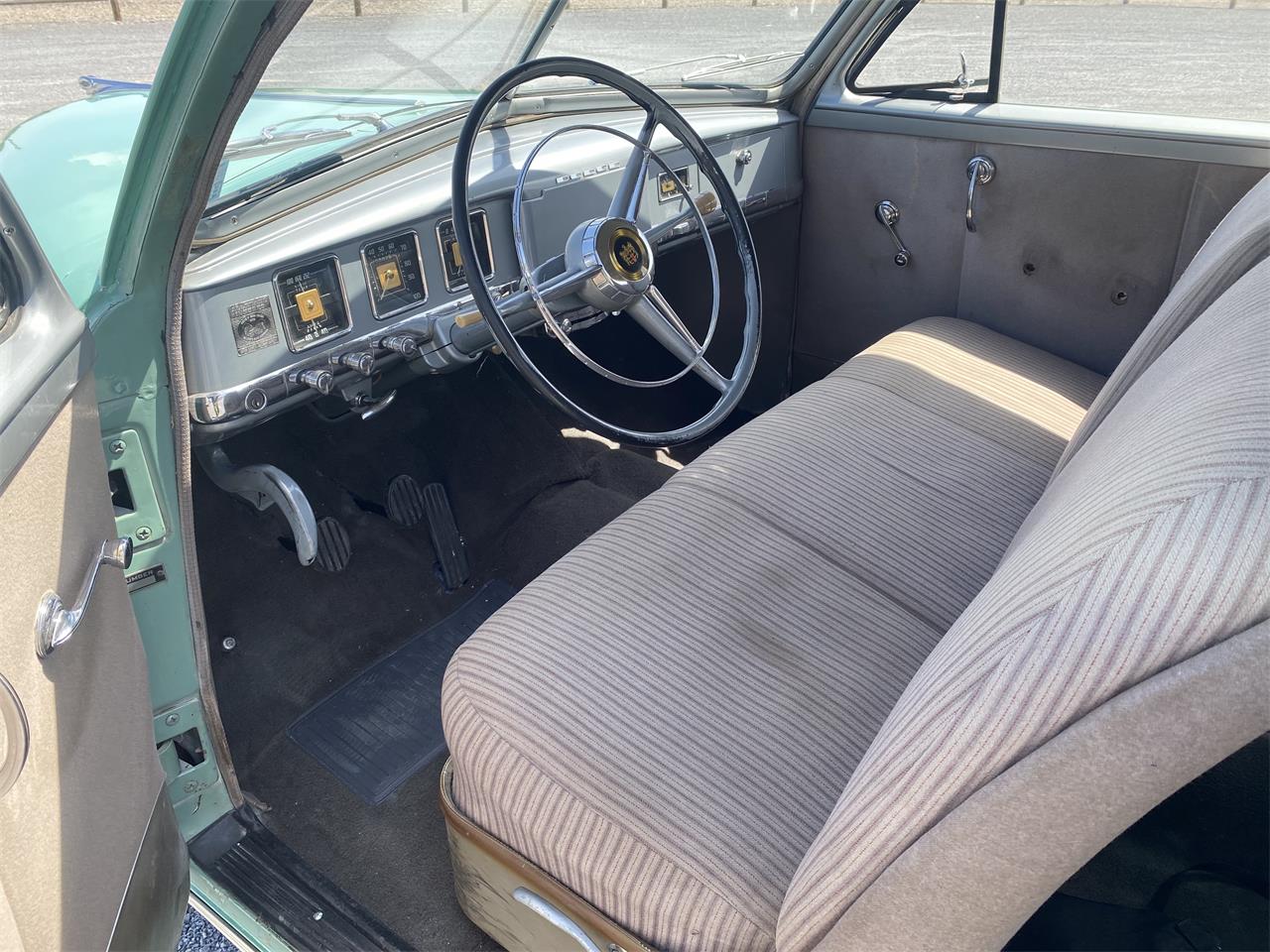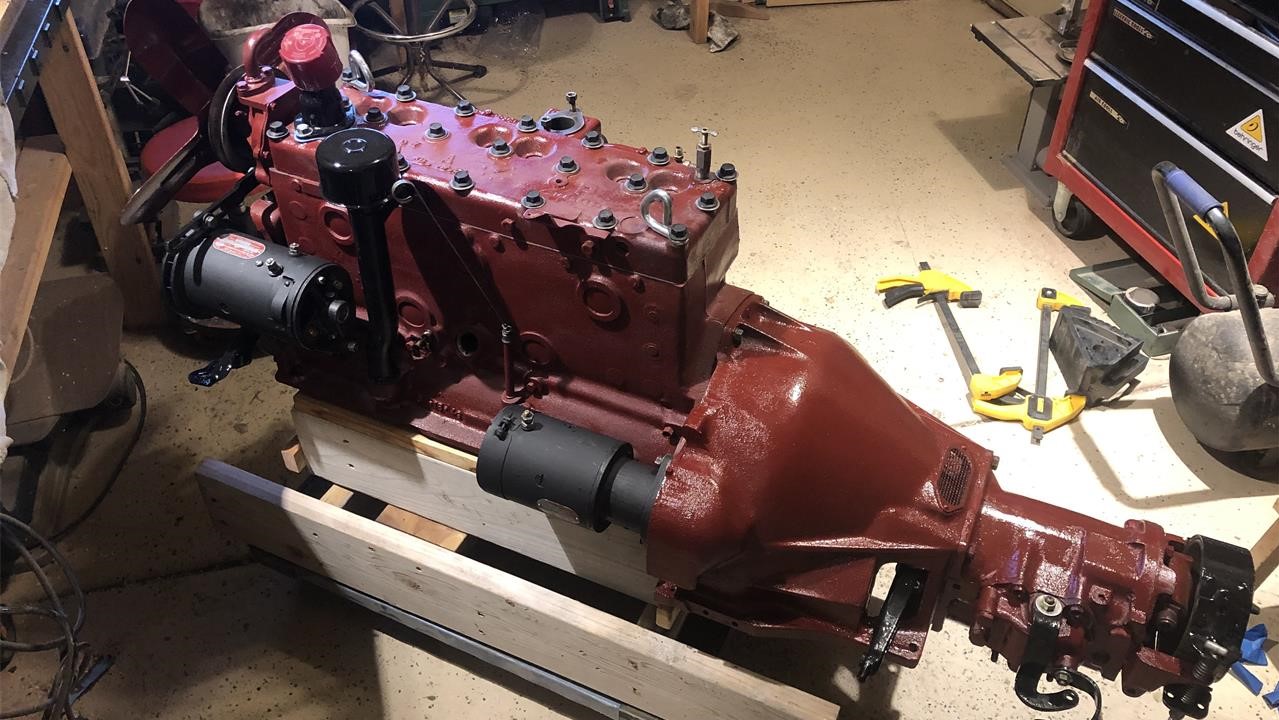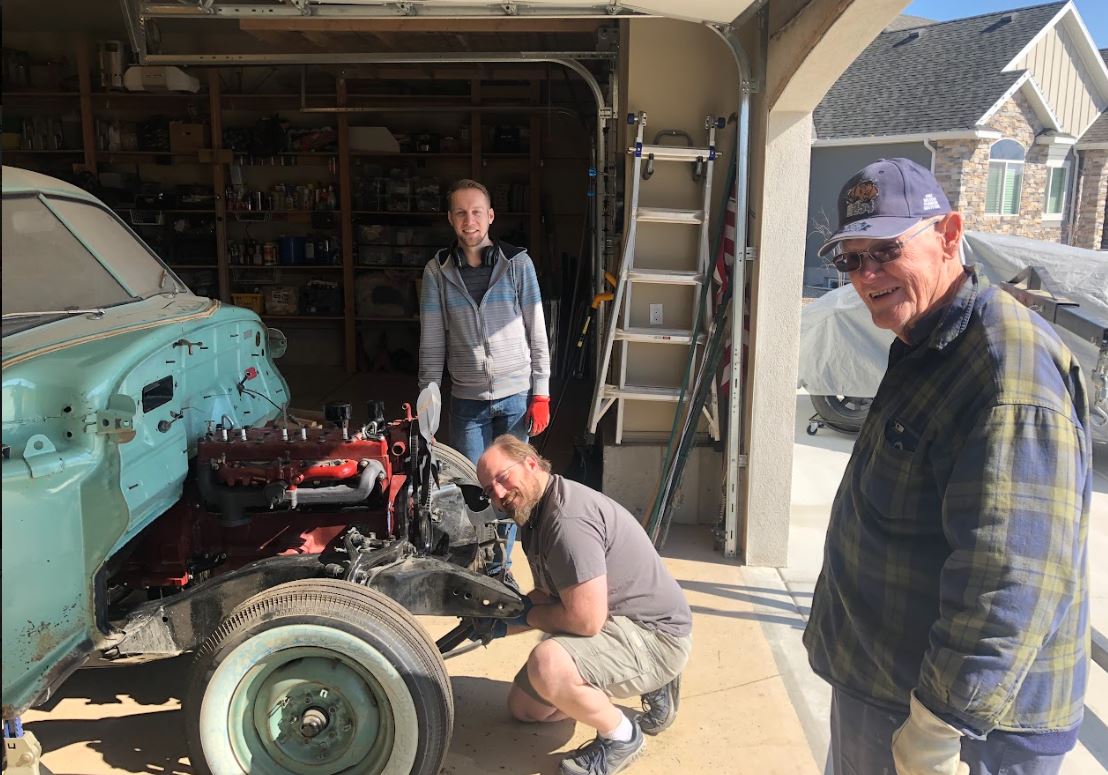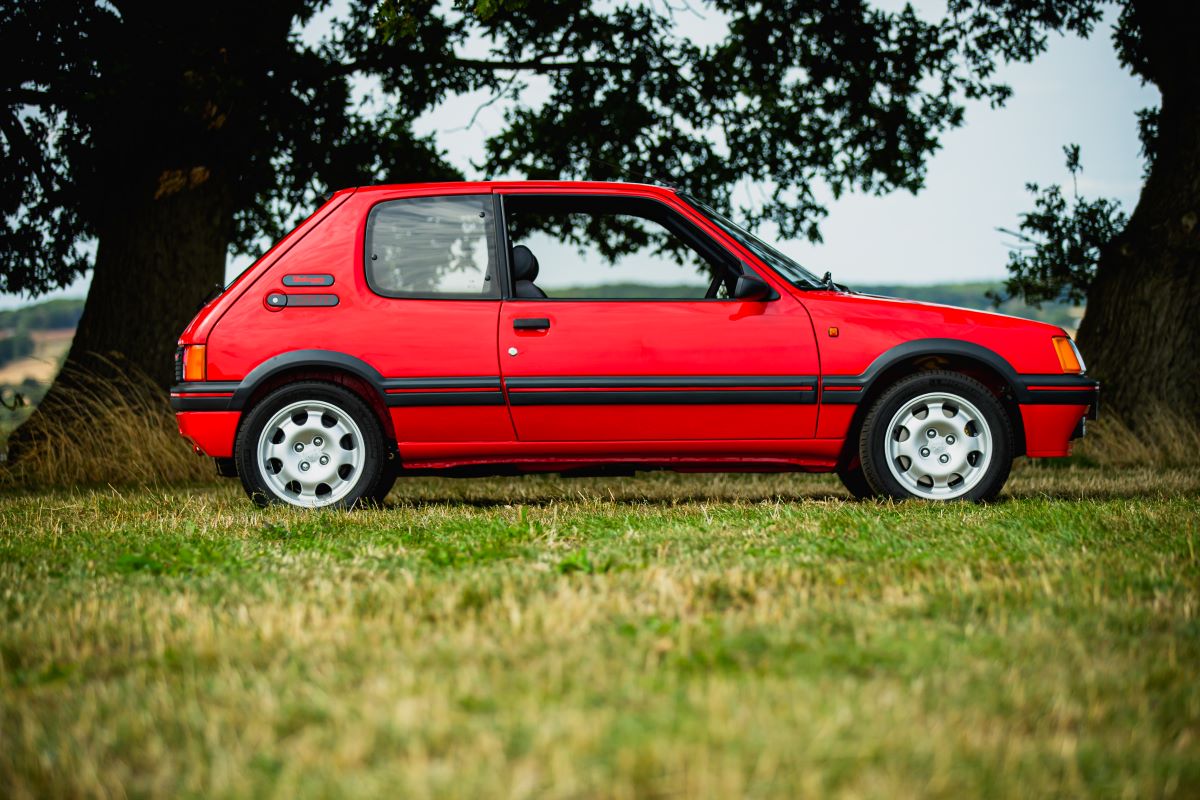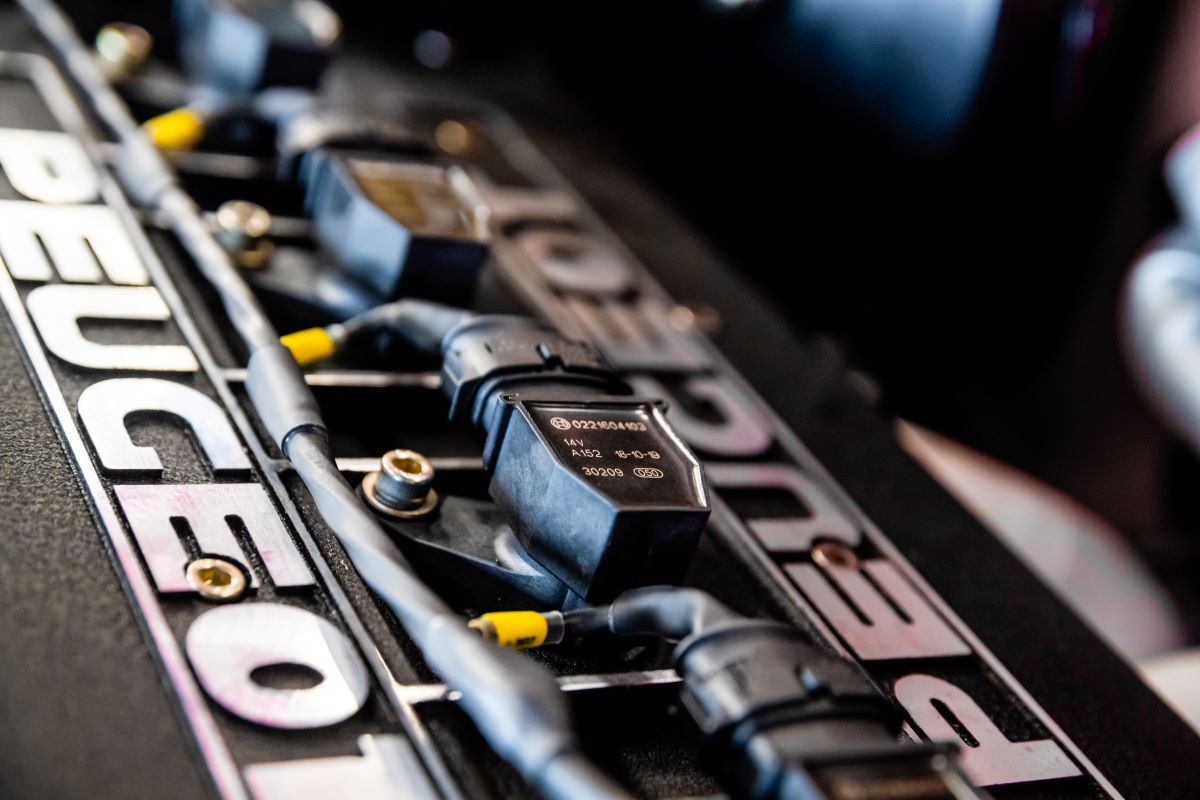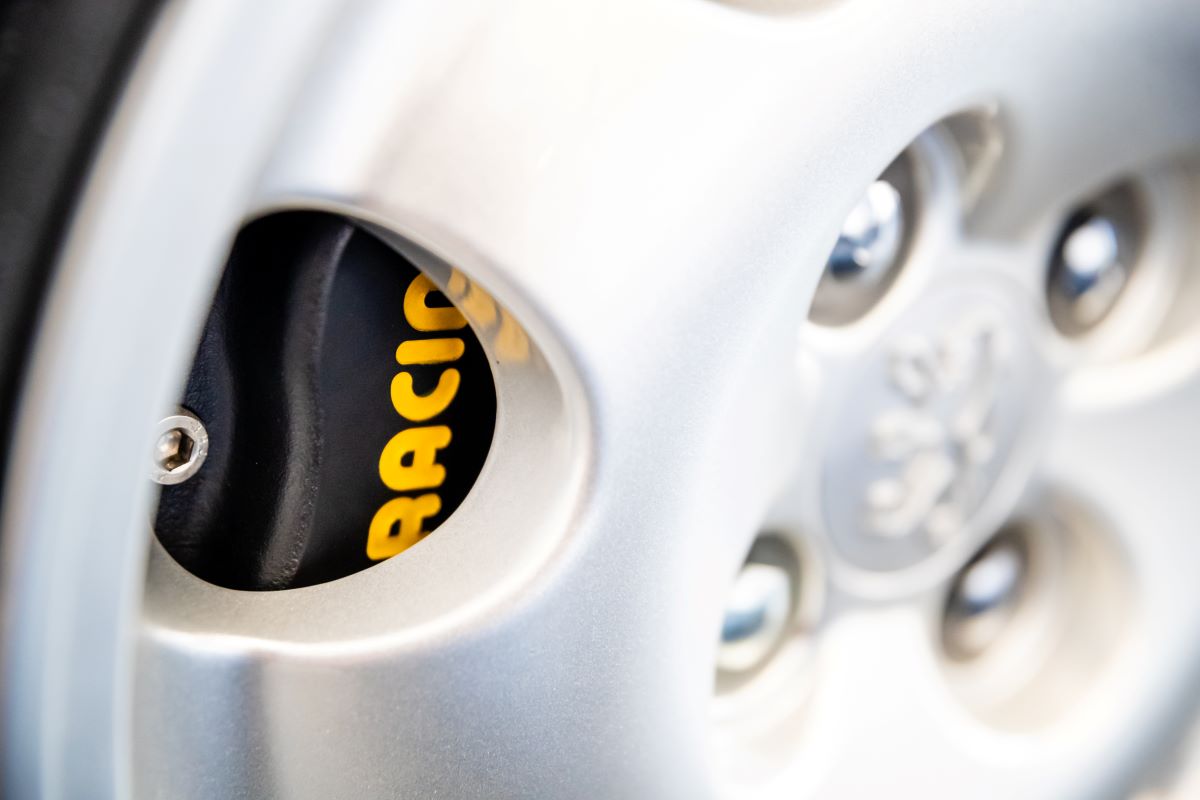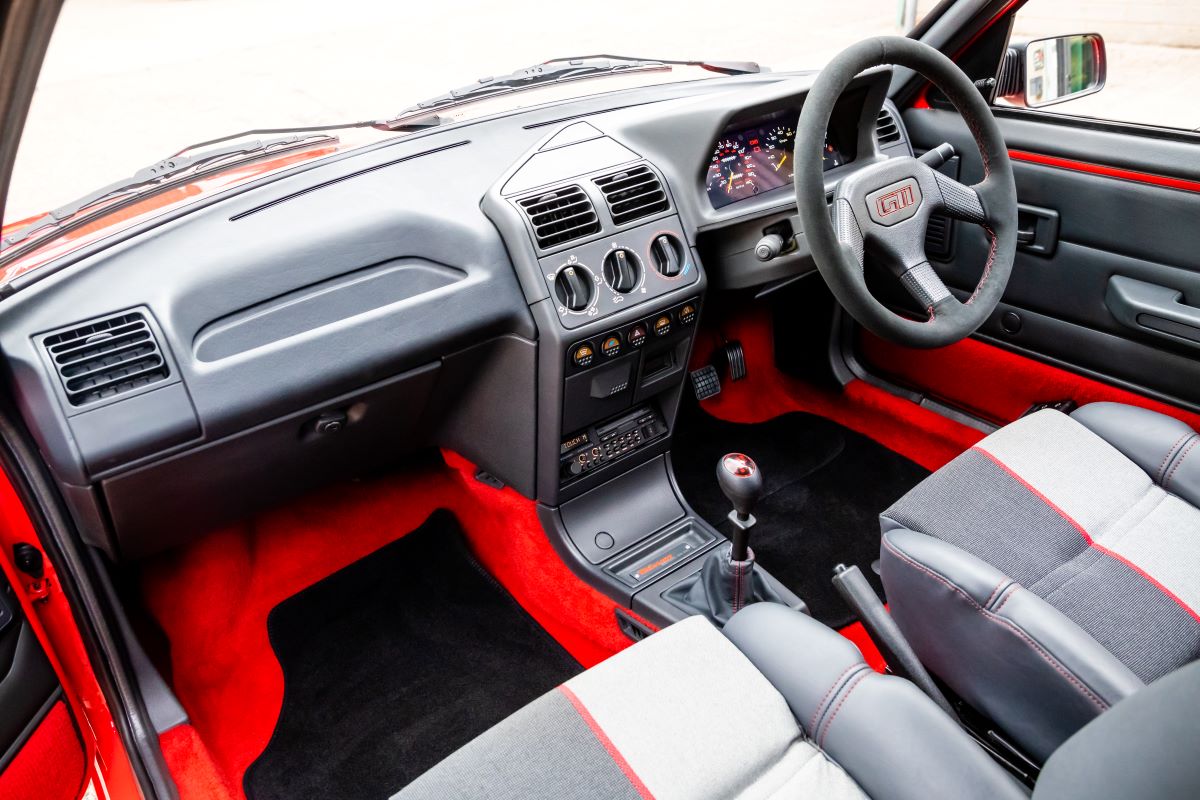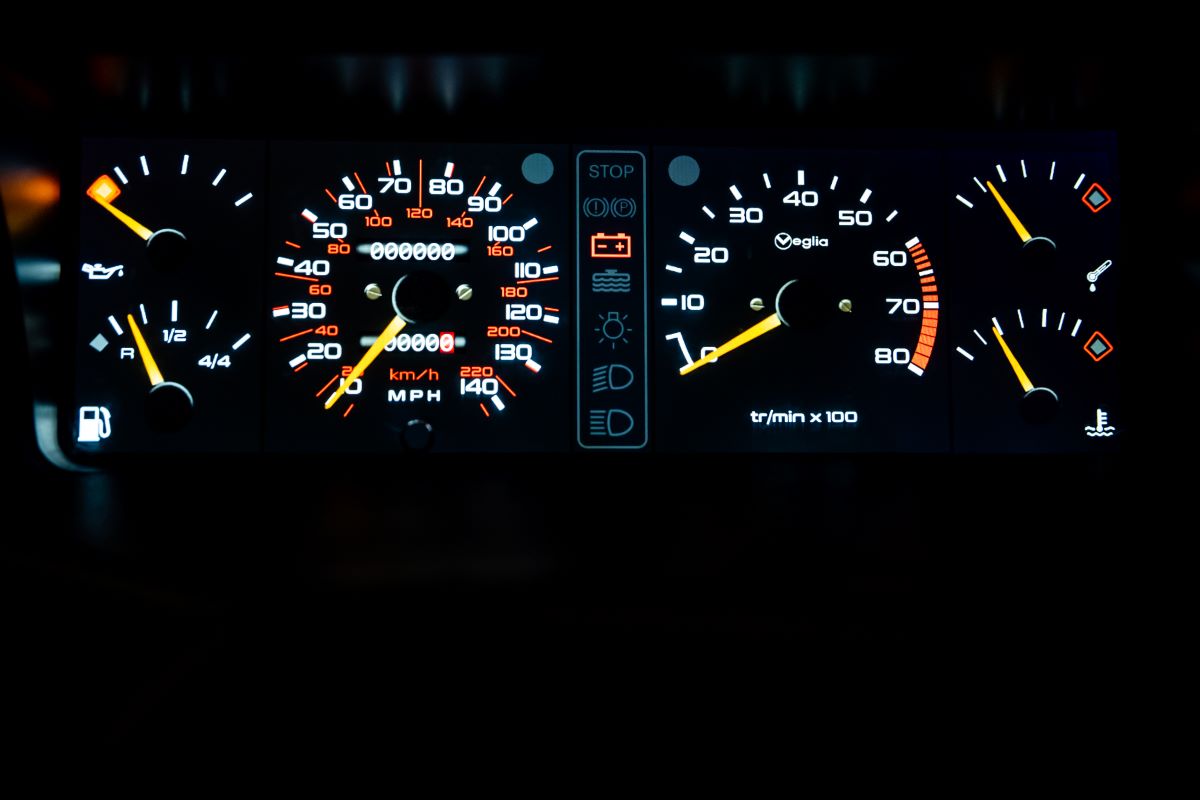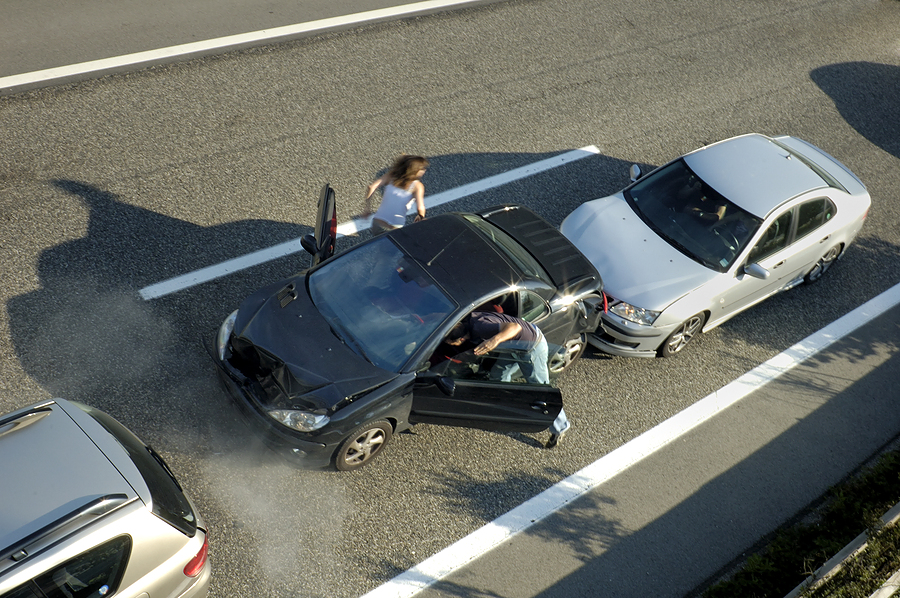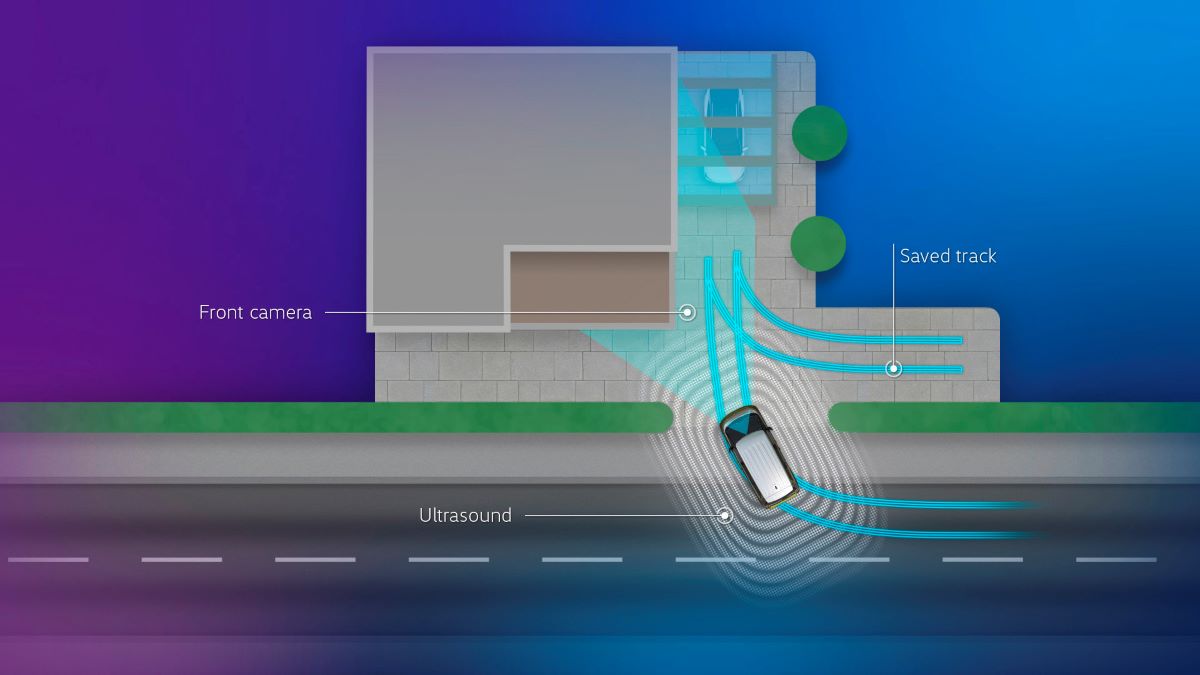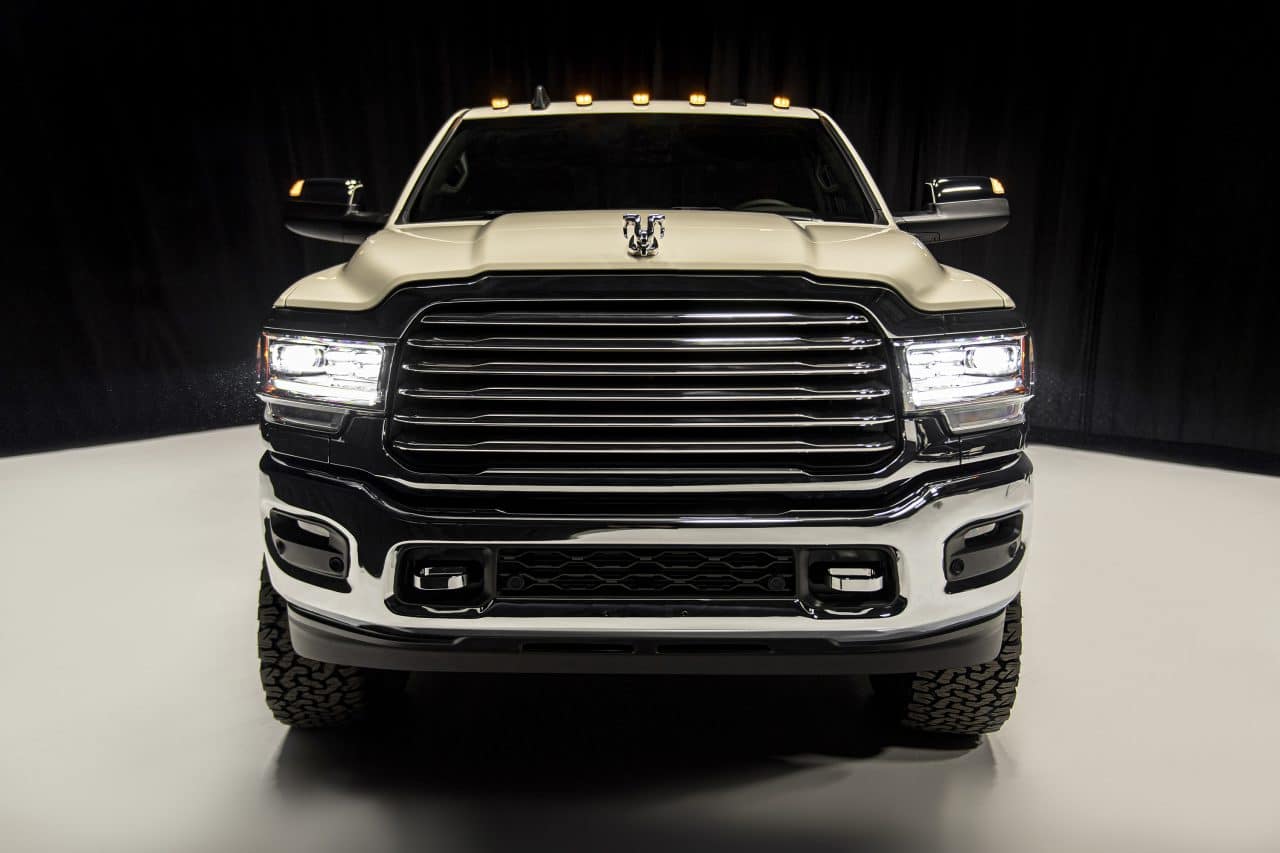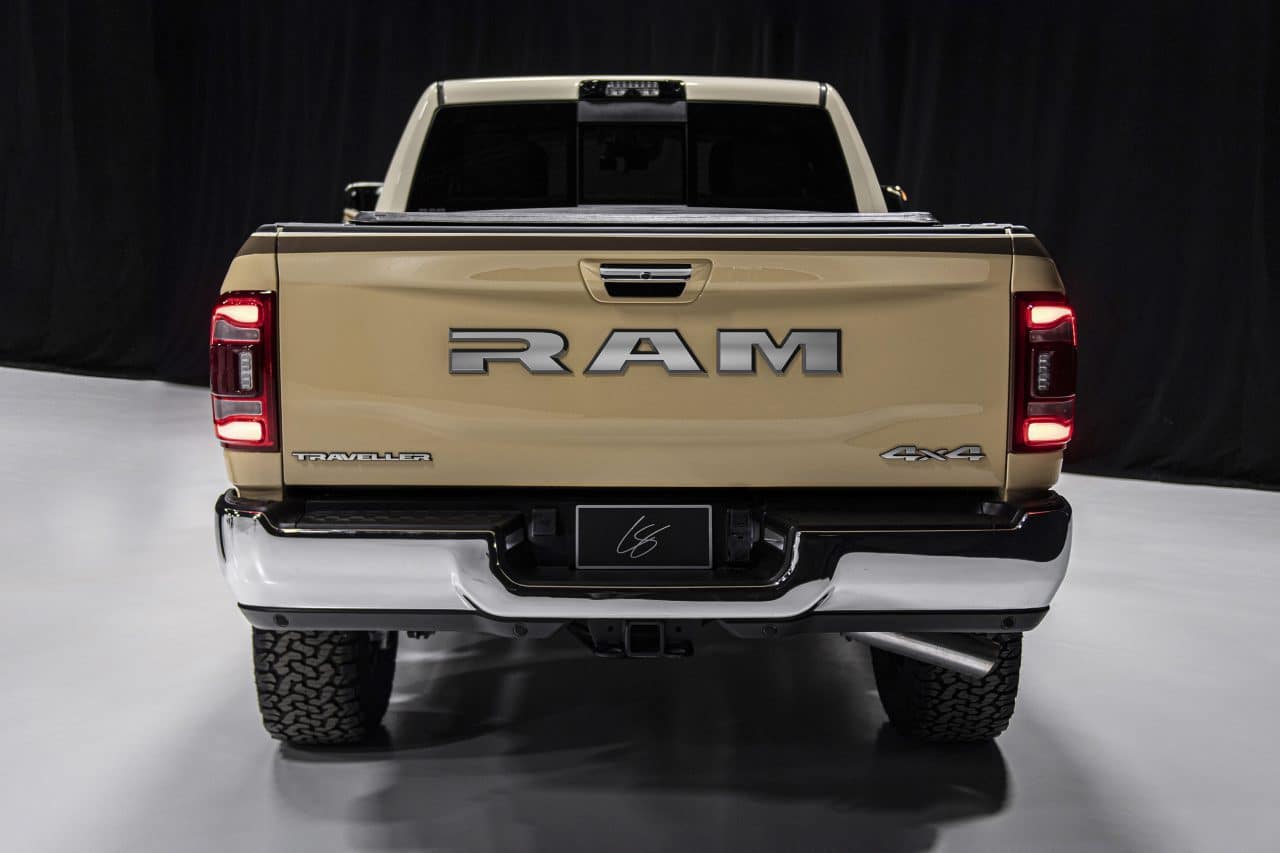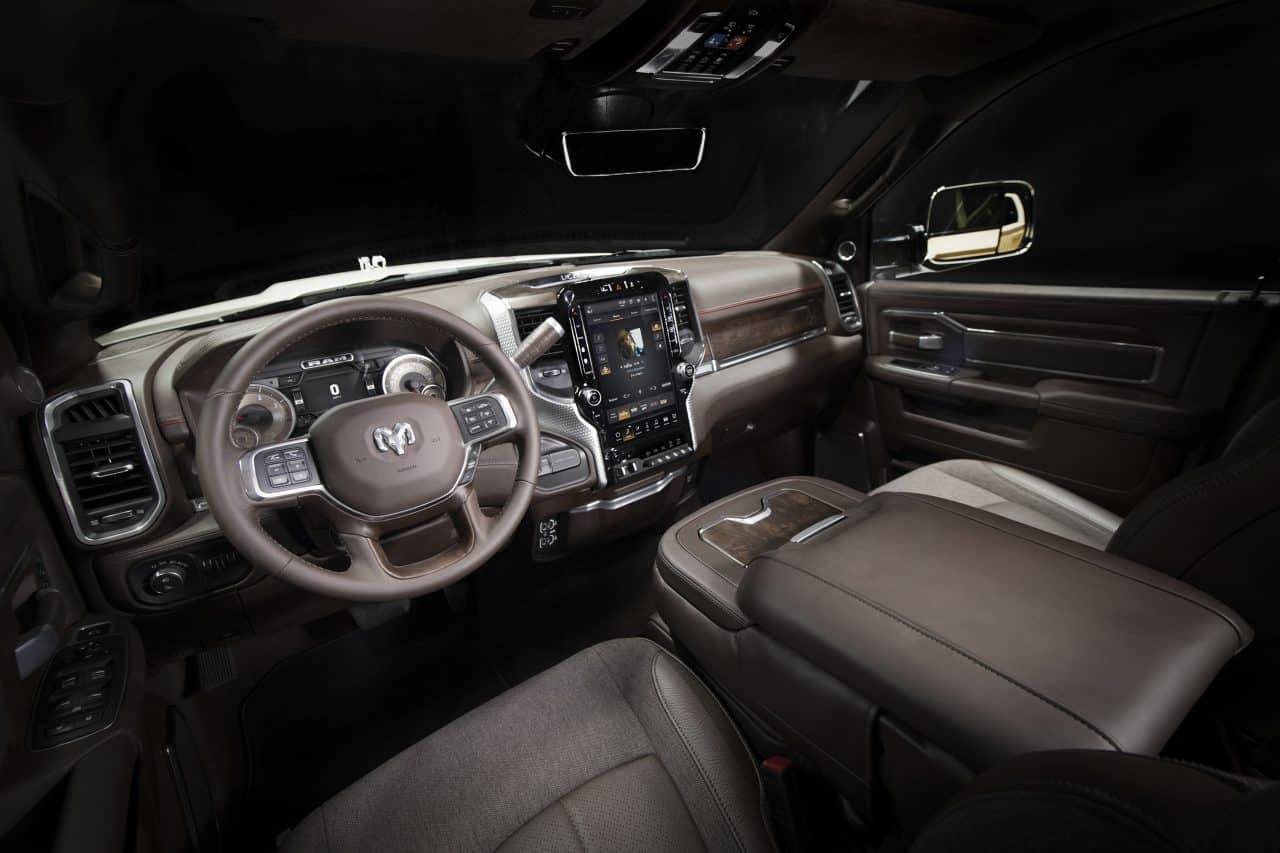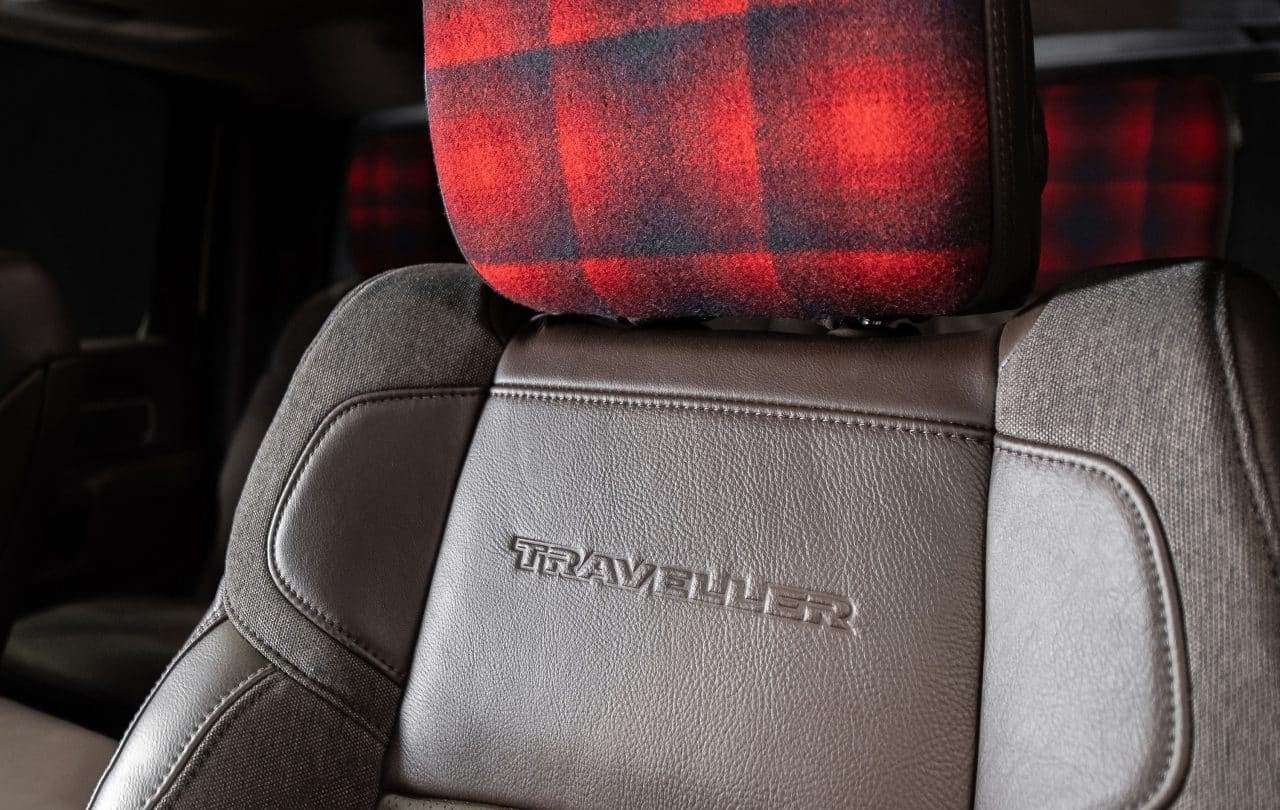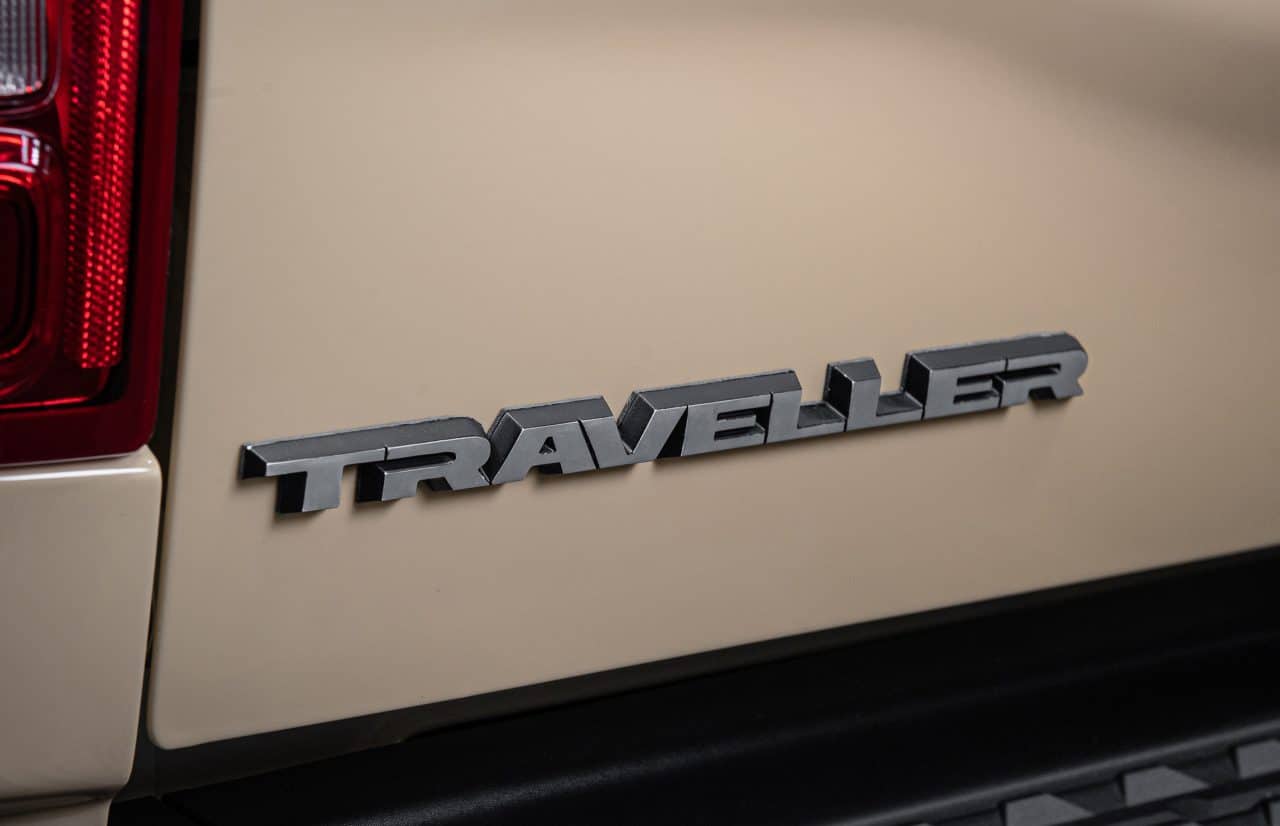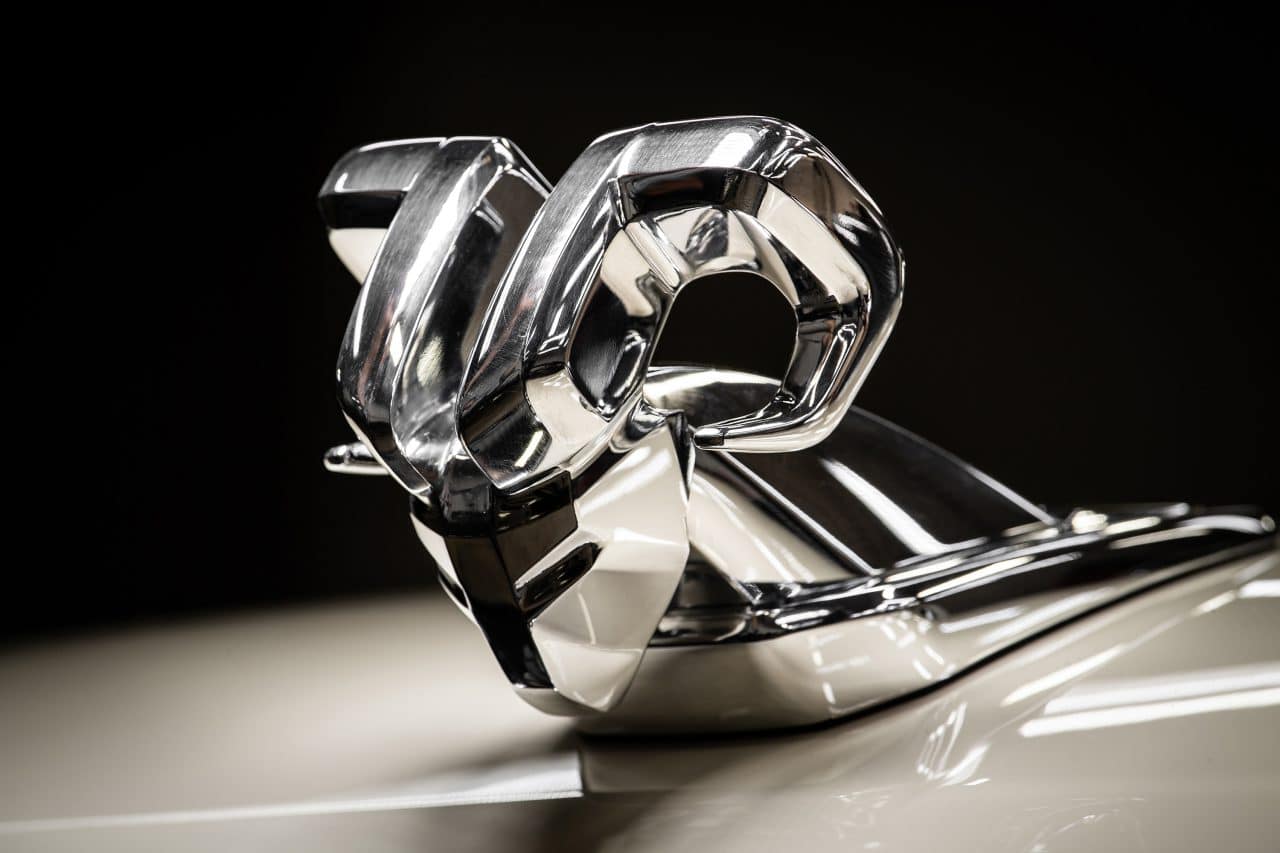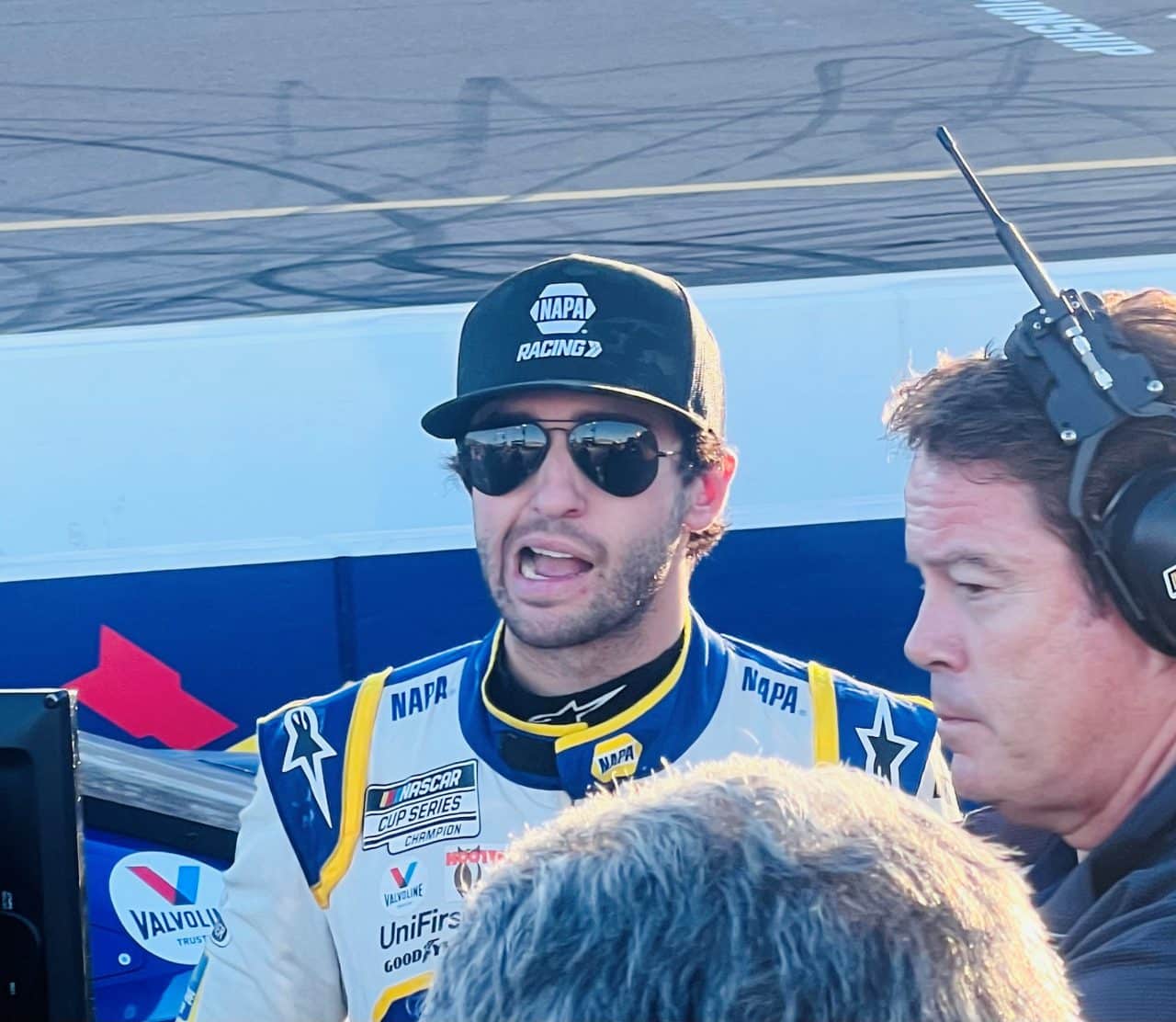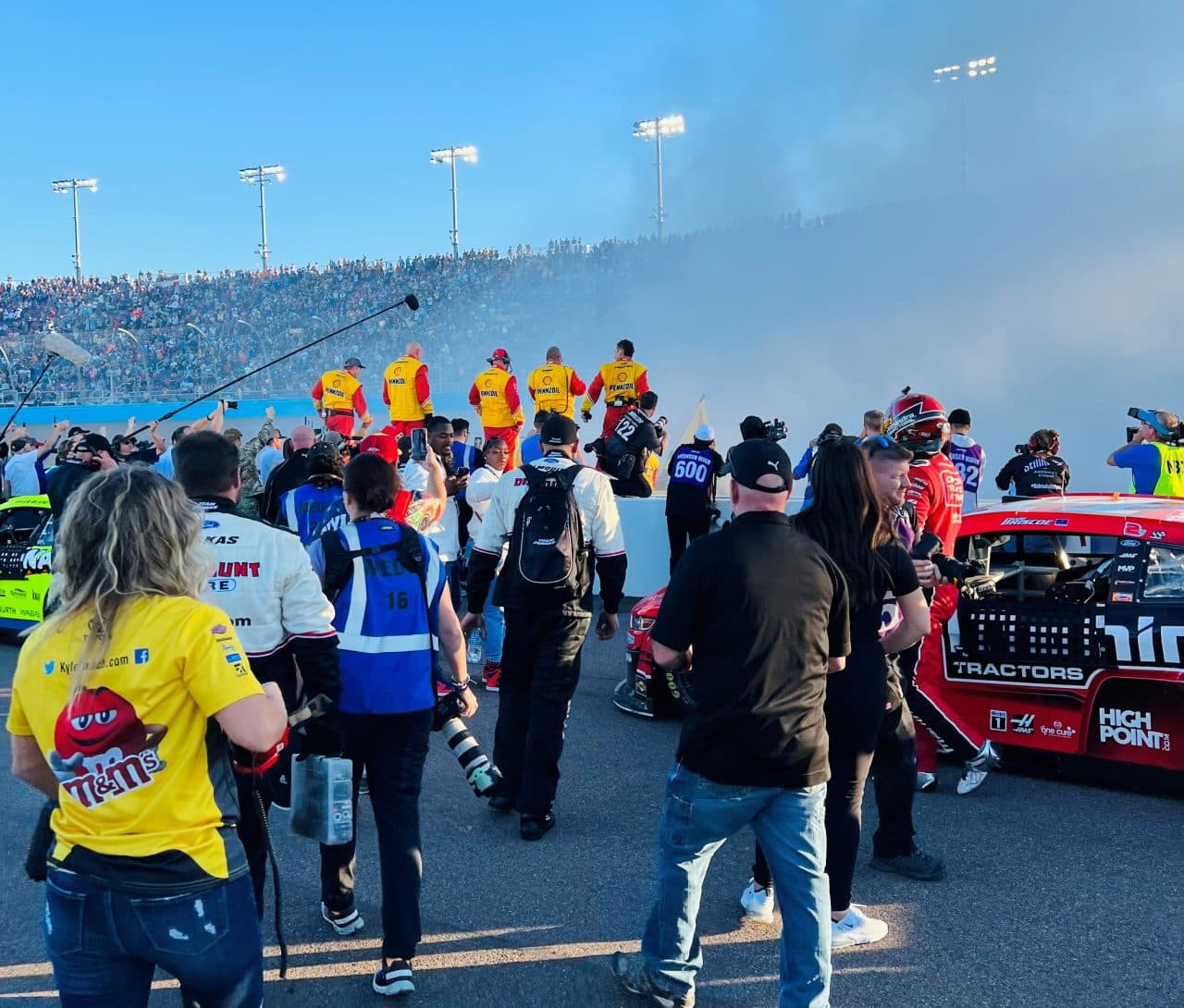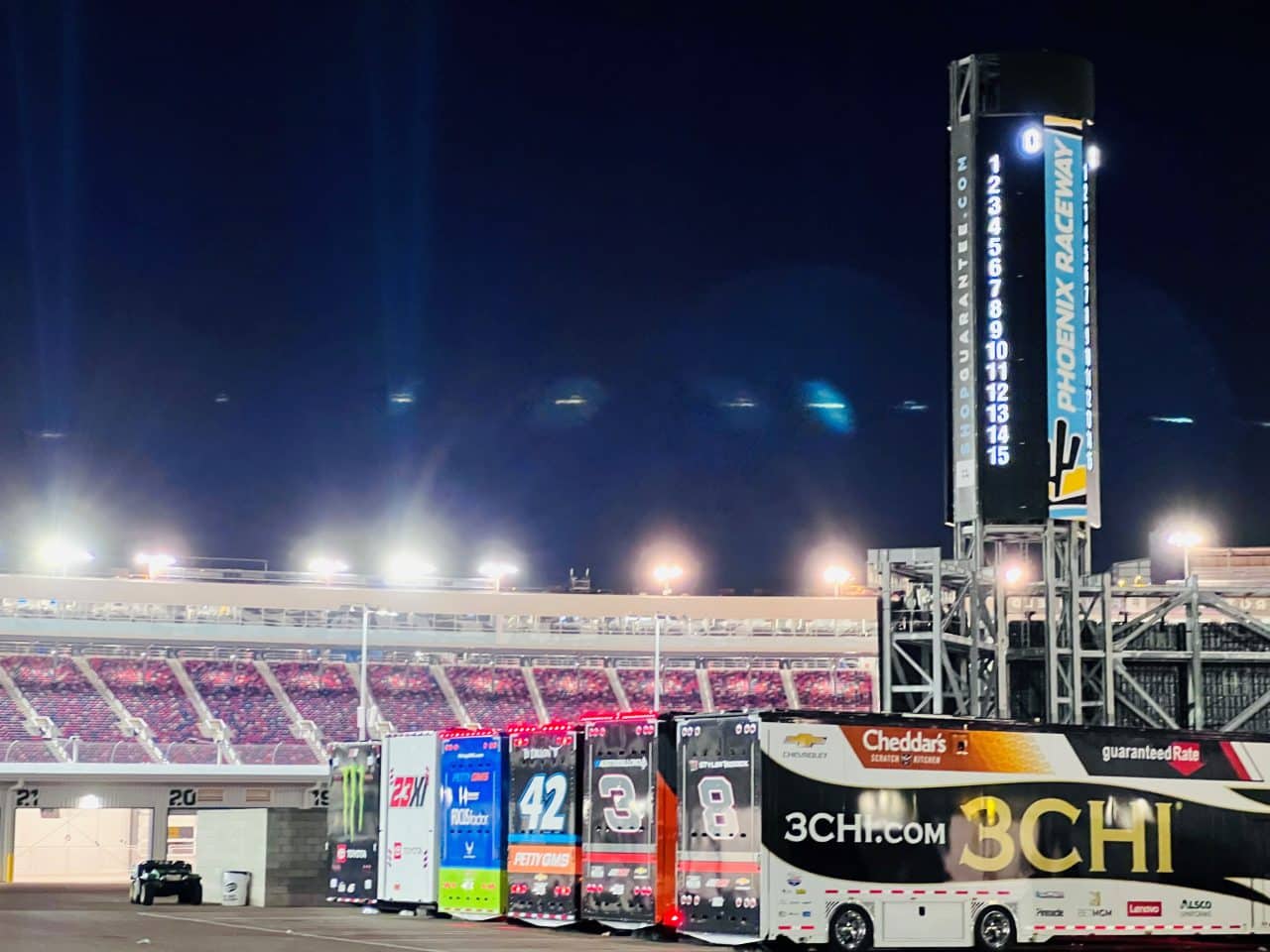For any aspiring car guy in the early Sixties, hearing the Beach Boys’ “409” on the radio induced dreams of owning one of the big Chevys. Nineteen-year-old Bob Vencevich was one of those young motorheads.
Growing up in North Chicago, Illinois, Bob worked at a gas station in 1963. He owned a 1957 Chevy convertible at the time but, inspired by the Beach Boys classic, he and a friend decided one Saturday to stop by the local Chevy dealer to see a 409 in person.
“I looked around, talked to a salesman, and said ‘I want a 409,’” Bob recounts. “Everyone had a red or white one, but the book had the color chip for a metallic brown. I said that’s the color I’m gonna get.”
He decided to order the car, but the decision wasn’t that easy. “I was leery about it because I was 19, living at home,” Bob says. “What was my mom going to say?”
![B&W image of a 1963 Chevrolet Bel Air 409 at a drag strip in action, front 3/4 position, period picture.]()
But he made a $20 deposit at McCallum Chevrolet in Lake Forest, Illinois, and ordered the 425-horsepower, 409-powered two-door Bel Air sedan that he still owns today. Bob ordered the Bel Air with one thing in mind: He wanted to go drag racing. Why choose the more-expensive Bel Air over a similar Biscayne, Chevy’s lighter, bottom-of-the-line model? Bob says that was an easy decision — he wanted carpet on the floor, not the vinyl covering that came in the Biscayne.
Buying the Bel Air turned into a family affair. Because Bob was just 19 at the time, his older brother’s name was on the order sheet and his mother’s name was on the dealer invoice. And his grandmother was the bank, loaning him the money to make up the difference between the price of the new Chevy and the proceeds from selling his ’57 convertible. “I paid her every week to pay off the loan,” Bob says.
He chose McCallum because the dealer was known for giving discounts for cash purchases. The original invoice confirms that point. With the options that Bob ordered, the price of the Bel Air came to $3,586.82. A $567.70 discount brought the purchase price down to $2,999.12. That’s 16 percent off retail!
![Color closeup of the 409 dual-quad engine in a 1963 Chevrolet Bel Air.]()
Bob Vencevich ordered his Bel Air brand new with the L80-code 425-hp dual-quad 409. This one is a replacement, but dressed appropriately for a ‘63.Photo by Dave Doucette
Here’s what Bob ordered: The 425-horsepower 409, four-speed manual (which included the tachometer), 4.11 Positraction rear axle, and a few creature comforts, including tinted glass, push-button AM radio with rear speaker, two-speed electric wipers, front safety belts, padded dash, and white wall tires. Bob’s color choice — Cordovan Brown — was a one-year option. It wasn’t available on 1962 or 1964 Chevys.
Bob’s special-order Bel Air was produced at the Janesville, Wisconsin GM plant. He ordered the car on June 19 and took possession about a month later on July 13. Just two months later Bob drove the Bel Air to Union Grove, Wisconsin and made his first quarter-mile run.
“I ran high 13s on street tires,” Bob says, “just to see what it would do on the stock U.S. Royals, and it burned them up.”
A month later Bob learned a lesson about the 409’s limits — especially the rpm limits.
“I didn’t know they couldn’t go past 6,000,” he says. “I floated the valves and everything went to hell.”
![Color closeup of the carburetors in a dual-quad 409, nestled in a 1963 Chevrolet Bel Air.]()
Photo by Dave Doucette
The somewhat good news? The dealer replaced the blown 409 under warranty. However, they said they’d do it just once, Bob recalls. Indeed, they didn’t cover the work the second time around, but that came a little later when the replacement 409 died. By that time, Bob was able to take advantage of his then-job as a parts manager at a Chevy dealer. The newer big-blocks were coming online in the late Sixties and Bob acquired a healthy 396 for the Bel Air.
By 1970 he was using a friend’s built 454 for power at the strip. Bob was running mid-11s on 10-inch slicks when another broken-parts situation ended the car’s drag racing career. Bob said he had to launch the car at 8,000 rpm to get it to hook up, but he shifted at 6,000 rpm.
Eventually the torque from the 454 on one of those hard launches broke both axles. The engine went back to a friend and the Bel Air, with barely 11,000 miles on the odometer, was parked. That was about the time Bob and his wife Marilyn bought their first house, so the Chevy was able to rest in the garage until 2014. Numerous people wanted to buy the car, even without the engine, but Bob wasn’t interested.
As time went on and life and work adjusted his priorities, Bob was able to use his job as a GM parts manager to acquire all the pieces required to reassemble a period-correct 409 when the time came to tackle that project.
“I had access to all the GM parts that were available,” Bob says, “Through the late-’70s and into the ’80s, I was collecting parts with the goal of putting it back together. Everything is new, and genuine GM — I used no internal aftermarket parts.”
![Color image of the dash, steering wheel, seats, floor, interior and more in a 1963 Chevrolet Bel Air 409.]()
Bob selected a Bel Air over the Biscayne to get carpeting rather than a rubber mat. The interior remains factory original today, but Bob added a Hurst shifter nearly 60 years ago.Photo by Dave Doucette
Bob and Marilyn moved from northern Illinois to Spring Hill, Florida, during those years. The ’63 moved with them, first inhabiting the Florida home’s garage, then moving to a detached workshop where it shared space with a street rod that Bob built in the ’90s. There it hibernated until Bob succumbed to several years of encouragement from a nephew to bring the Bel Air back to life.
In 2013 his nephew journeyed to Florida, and with Bob’s help, loaded the ’63 and all the accumulated parts into a trailer for the trip back to Illinois, where the engine was reassembled. Bob spent two months at his nephew’s home working on the project.
Bob is clear to point out that the car you see today is not restored — it’s reassembled. The engine is new, but period correct. The rest of the car is original — paint, interior, trim pieces, chrome… Other than the engine, the only non-original parts are the synchronizers in the Borg-Warner four-speed and the replacement axles.
The new powerplant is based on a 1964 409 block, Bob says, since the ’63 409 block was a one-year design because of the camshaft. The heads are era-correct, as is the aluminum intake and the two Carter AFB four-barrel carbs.
Two items, though, are not stock from 1963. Early in the car’s racing career, Bob realized that the stock shifter was not up the high-stress shifts on the drag strip, so he replaced it with an iconic Hurst shifter. The chrome wheels on the car today were not an option in 1963, but Bob’s work in the Chevy parts department turned up the chromed steel wheels as a dealer-installed option in 1964.
![Color closeup of the tachometer and steering wheel center in a 1963 Chevrolet Bel Air.]()
Photo by Dave Doucette
How rare is Bob’s ’63? It’s hard to tell, because available production numbers from those early Sixties years are not as precise as they became later in the decade. However, there are hints in some of the data. If published numbers are somewhat accurate, there were more than 135,000 two-door sedans produced in the 1963 model year. There were nearly 17,000 409 engines that year in all horsepower ranges.
Numbers for the L80 option — the 425-horsepower 409 engine — indicate just less than 4,400 were produced. There doesn’t appear to be any data on how those L80 options were distributed among Impalas, Bel Airs, and Biscaynes.
So, considering the lack of detailed production breakouts, it’s not clear how many 1963 Chevys like Bob’s rolled off the assembly line. But when you consider that Bob’s Bel Air is a one-owner, 18,000-mile survivor, you’d be hard pressed to argue that there’s another one like it.
While the drag racing career of Bob’s 409 Bel Air is over, it’s still racking up the miles — just not in quarter-mile bursts. Bob and Marilyn now enjoy driving the car to local car shows and cruise nights.
![Color closeup of a wheel and tire on a 1963 Chevrolet Bel Air 409.]()
Photo by Dave Doucette
SPECIFICATIONS
PRICE
Base price: $2,610.45
Options on car profiled: 425-horsepower engine, $376; four-speed transmission and tach, $236; tinted glass, $37; push-button radio and rear speaker, $75; two-speed electric wiper and washer, $17; front seat belts, $18; padded dash, $18; white wall tires (800-14), $35; Positraction rear axle, $43.
ENGINE
Block type: Chevrolet Mark I “W-series” OHV V-8, cast-iron block and cylinder heads
Displacement: 409-cu.in.
Bore x stroke: 4.3125 x 3.5 in
Compression ratio: 11:1
Horsepower @ rpm: 425 @ 6,000
Torque @ rpm: 425 @ 4,200
Valvetrain: Overhead, solid lifters
Fuel system: Two Carter AFB four-barrel carburetors, aluminum manifold, mechanical fuel pump
Electrical system: 12-volt
Exhaust system: Dual exhaust
TRANSMISSION
Type: Borg-Warner T10 four-speed manual
Ratios: 1st/2.20:1 … 2nd/1.64:1 … 3rd/1.31:1 … 4th/1.00:1
DIFFERENTIAL
Type: Chevrolet third-member type with Positraction limited-slip
Ratio: 4.11:1
BRAKES
Type: Hydraulic, single-circuit, unassisted
Front: 11 x 2.75-in drum Rear: 11 x 2.5-in drum
SUSPENSION
Front: Upper and lower control arms, coil springs, shock absorbers
Rear: Four-link-type with upper control arm, lateral control bar, two lower control arms, coil springs and shock absorbers
WHEELS & TIRES
Wheels: Chromed stamped steel (dealer-installed option in 1964)
Front/Rear: 14 x 6 in
Tires: Bias-ply white wall
Front/Rear: 8.50/D14
PRODUCTION
During the 1963 model year, Chevrolet produced 135,636 full-size two-door sedans and 16,970 409 V-8 engines; of those engines, 4,394 were L80-code 425-hp versions. It is not known how many two-door sedans received the L80 409/425-hp engine.
![Color image of a 1963 Chevrolet Bel Air 409 parked in a rear 3/4 position on a parking lot.]()
Photo by Dave Doucette
